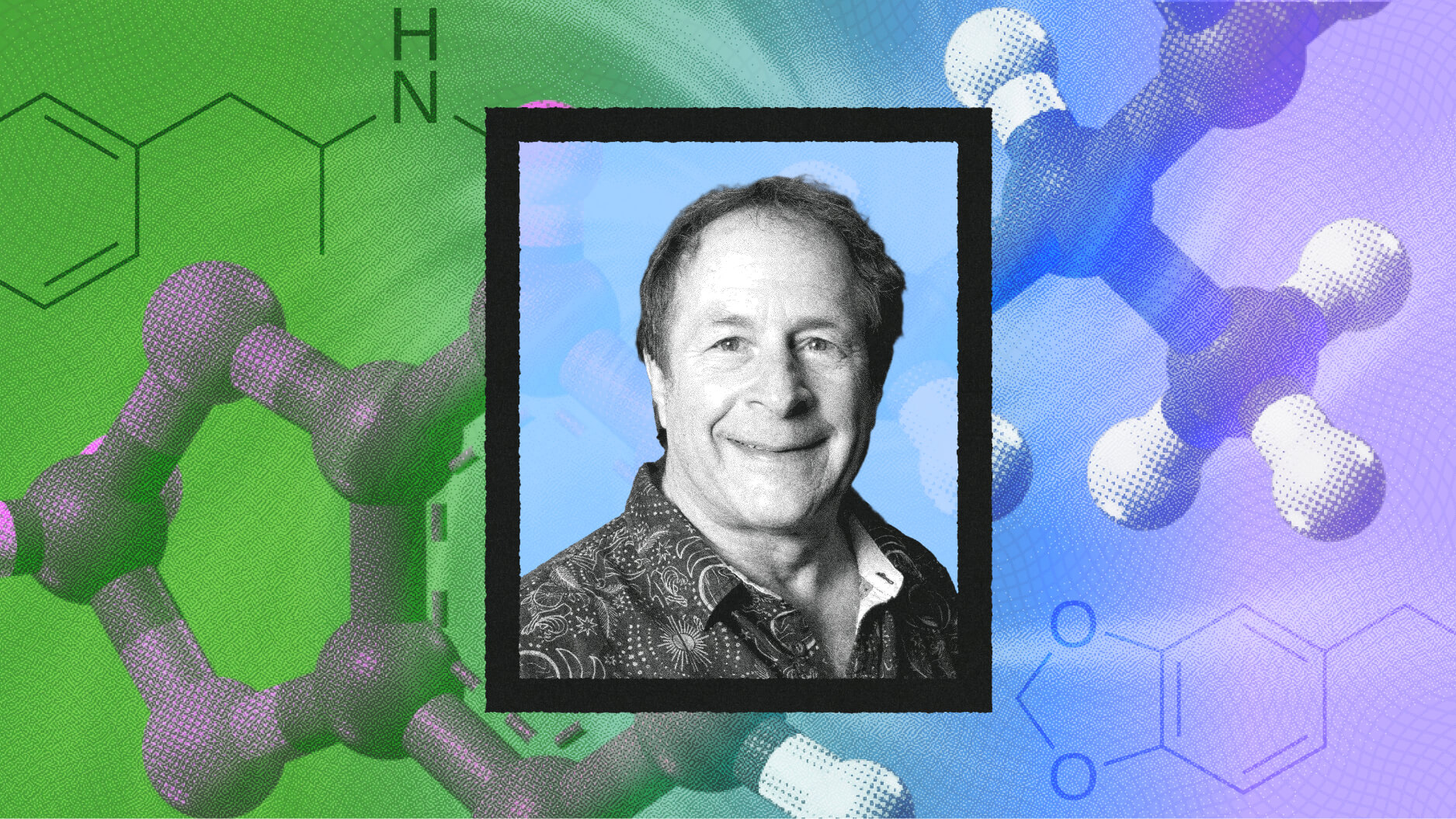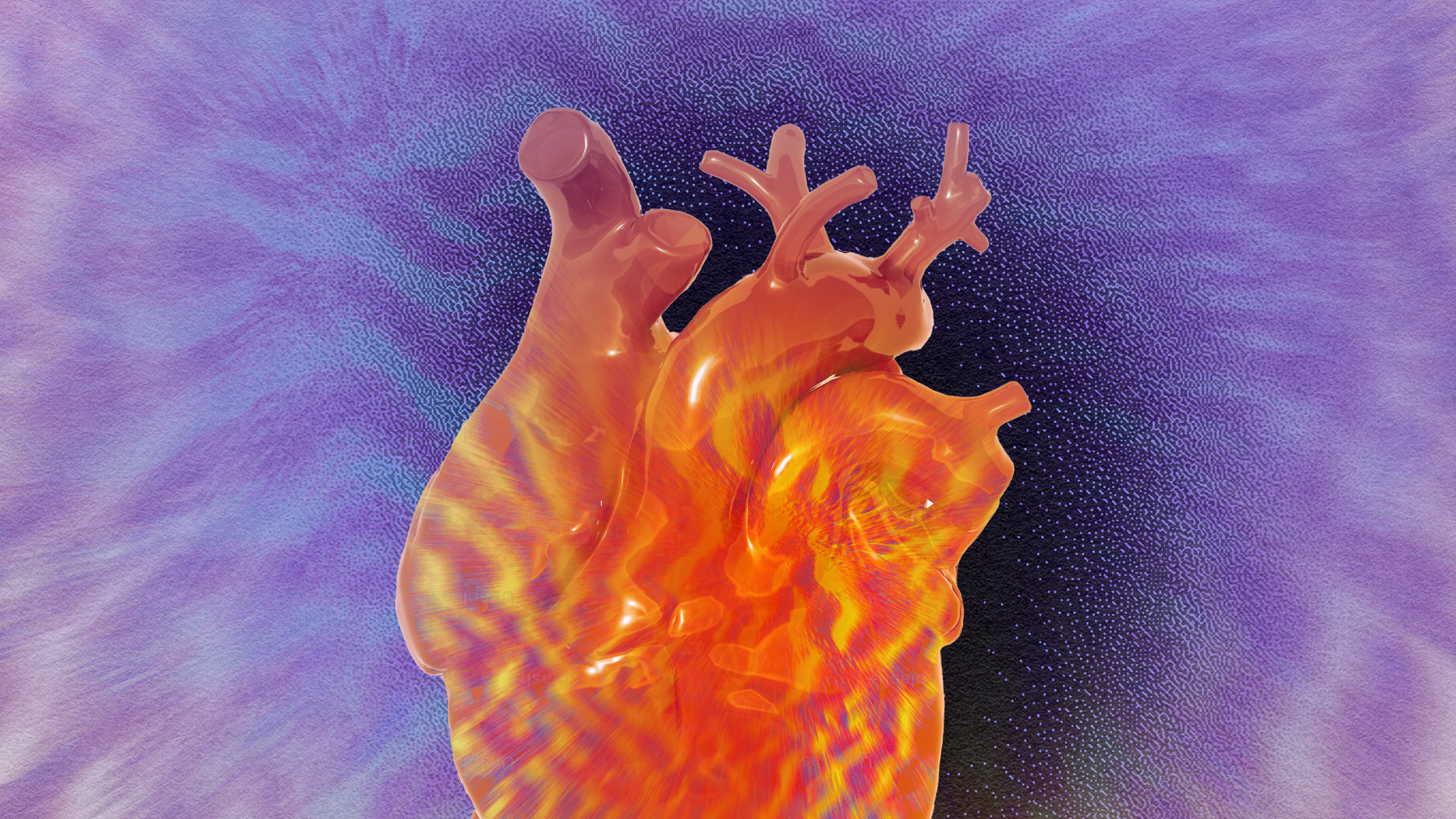What will ‘psychedelic therapy’ look like when it’s legalized?

Credit: contentdealer via Adobe Stock
- In November, Oregon voted to legalize psilocybin therapy.
- Psilocybin is already being used in clinical research settings, but it remains a controlled substance on the federal level.
- At the 2020 Web Summit, two experts in the field of psychedelic research and therapy shed light on what the future of psilocybin therapy might look like.
For millennia, humans have been using psychedelic drugs for medicinal and spiritual purposes. But today, most nations have criminalized psychedelics, including the U.S., where psilocybin and LSD are classified as Schedule 1 drugs, defined as having “no currently accepted medical use and a high potential for abuse.”
But attitudes on psychedelics are shifting. That’s thanks largely to a renaissance of psychedelic research that’s been gaining steam since the 2000s, producing startling studies showing how psilocybin (and other psychedelics) can help alleviate mental health problems like major depression, anxiety, and addiction disorders.
In November, Oregon made history by passing Measure 109, which legalized the use of psilocybin in therapeutic settings. That’s a step beyond measures in other progressive American cities, like Denver and Oakland, which have decriminalized the substance but stopped short of allowing people to consume it.
What it means for Oregonians is that, starting as early as 2023, adults 21 and older will be able to go to a clinic and consume psilocybin under the supervision of a licensed therapist, who has to obtain the psilocybin from a licensed manufacturer.
So, what exactly will psychedelic therapy look like, and why would people seek it out?
Those questions were explored in a recent presentation at the 2020 Web Summit by Ekaterina Malievskaia, co-founder of the mental health company Compass Pathways, and Kelsey Ramsden, the COO of Mind Cure, which identifies, develops, and commercializes new mental health products.
Ramsden said a psychedelic therapy session might look like this: You enter “a lovely place that looks much like your living room with some lovely people [licensed therapists] who are going to sit with you for the duration of your treatment,” and then you’re administered psilocybin. You might sit or lie down with a mask over your eyes, potentially listening to some music, while being supported by the professionals in the room until the experience winds down.
This session would be followed by an “integration period,” which would take place in the days and weeks following the psilocybin experience. The Entheogenic Research Integration & Education (ERIE) defines integration as “the process by which the material accessed and insights gained in a [psychedelic] experience are incorporated over time into one’s life in a way that benefits the individual and their community.”
What kinds of insights might you gain? It’s hard to say, as everyone’s experience varies, and scientists are still working to understand exactly how psychedelics interact with the brain.
“Because these experiences are so unusual, it’s very difficult to explain what to expect, what people are going to be experiencing,” Malievskaia said. “I think only with advancement in neuroimaging, and advancement in different scientific techniques, that we started understanding how they actually work, and we can show how they work, and that sort of paradoxically demystifies these mystical experiences.”
Malievskaia noted that psilocybin works primarily on the brain’s serotonin system, attaching to specific serotonin receptors that trigger a cascade of different neurological events. These serotonin receptors are densely expressed in a system of connections called the “default mode network” (DMN).
“The DMN is not an anatomical structure in the brain,” Malievskaia explains. “It’s a system of functional connections that forms throughout people’s lives based on their life experience, life events, their learning, their environment. So essentially, it’s a collection of patterns — cognitive, behavioral, emotional patterns — in response to environmental stimuli. And we associate these patterns, perhaps sometimes, with a sense of self, or sense of ego.”
“So, when psilocybin binds to these [serotonin] receptors, it downregulates the DMN, and temporarily, people are lifted out of their ego. In these profound psychedelic experiences, they’re able to look at their life situation — their conflicts, their personal narratives — from a different vantage point.”
“And with skillful support, and in carefully controlled, supported environments, they’re able to process traumatic events, memories, and generate more insights. With subsequent skillful integration, they’re able to embody those insights, and that could lead, potentially, to changes in unhelpful behavioral patterns.”
Psychedelics: effects on the human brain and physiology | Simeon Keremedchiev | TEDxVarnawww.youtube.com
Neuroimaging studies suggest that the DMN is active during much of our experience, particularly when we’re doing repetitive tasks, worrying, daydreaming, or going over memories. It’s something like an “auto-pilot” mode that helps the brain save energy. But for people suffering from, say, depression or anxiety, this function can make it difficult to overcome a mental-health rut.
That’s why psychedelics might function as something like a “reset button”: By quieting activity in the DMN, psychedelics may help the brain break free of its usual patterns, allowing other regions of the brain to begin “talking” to each other, creating new connections. What’s interesting is that studies suggest these beneficial effects persist long after the drug wears off — for months, in some cases.
Given popular misconceptions about psychedelics, Ramsden said it’s important for researchers and psychedelic therapy advocates to be thoughtful in how they discuss emerging therapies, and she reiterated that the new wave of psychedelic research and therapy is grounded in real science.
“What we’re not talking about is this idea of self-medicating, or going on these wild trips,” she said. “This really is a practice with deep scientific rigor, with high-efficacy outcomes.”





